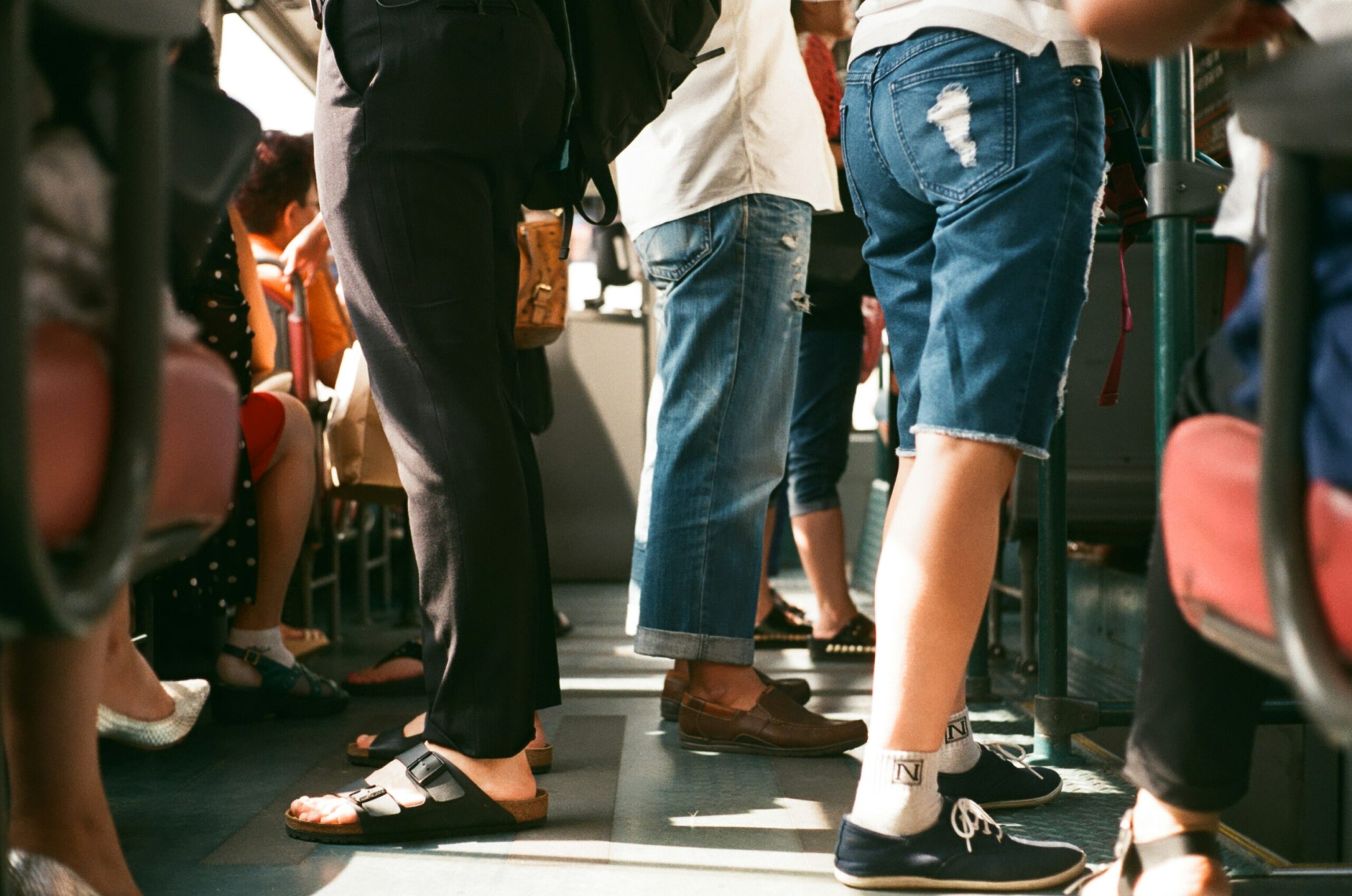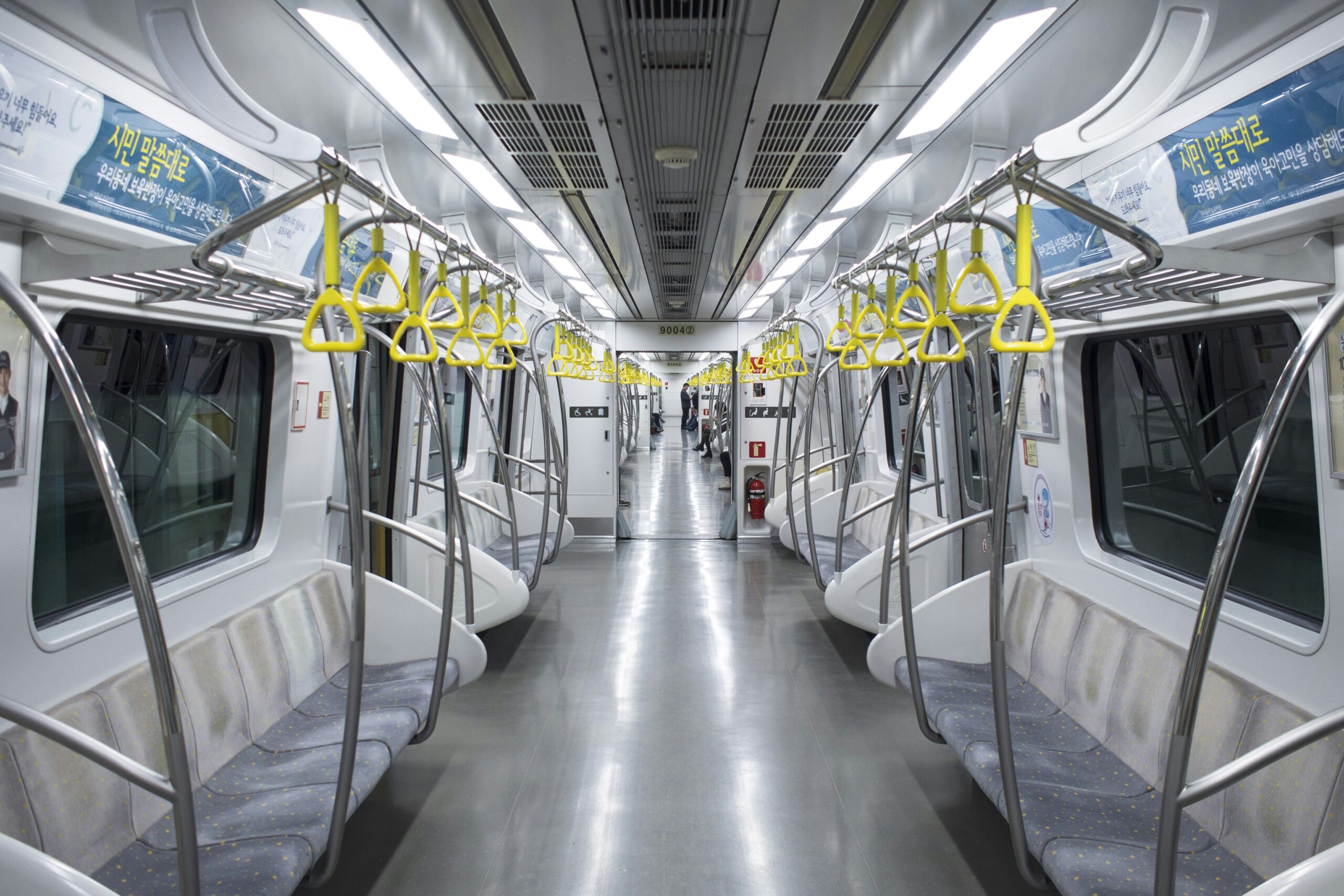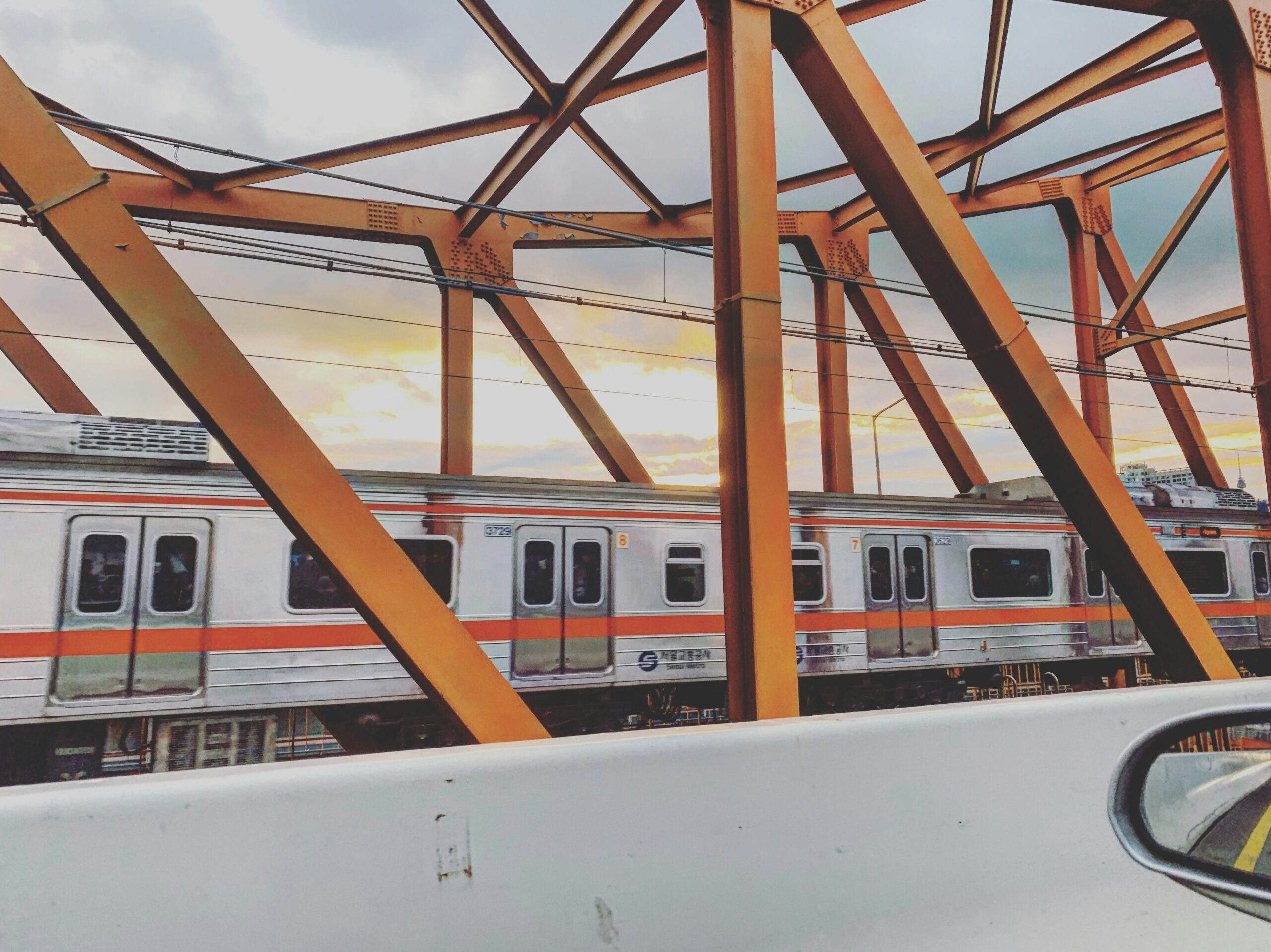This guide explains “Korea’s Transportation Cards,” covering types such as T-money, Cashbee, M-Pass, Korea Tour Card, and Single-Use Cards, along with usage, recharging, transfers, and tips for efficient travel in South Korea.
South Korea boasts one of the most efficient and convenient public transportation systems in the world. Central to this system are transportation cards, which streamline the process of paying for rides on buses, subways, and even taxis. For foreigners living in or visiting South Korea, understanding the different types of transportation cards, how to recharge them, and how transfers work can significantly enhance the travel experience. This guide provides an in-depth look at South Korea’s transportation cards, including types, usage, recharging methods, and transfer policies.

Types of Transportation Cards
1. T-money Card
The T-money card is the most widely used transportation card in South Korea. It can be used on buses, subways, taxis, and even some convenience stores and vending machines.
- Where to Buy: T-money cards can be purchased at convenience stores such as GS25, CU, 7-Eleven, and Ministop, as well as at subway station kiosks.
- Initial Cost: The card itself typically costs around 2,500 to 4,000 KRW, excluding the initial recharge amount.
If you need more accurate and updated information, please visit the corresponding page. (www.t-money.co.kr)
2. Cashbee Card
Another popular option, the Cashbee card, functions similarly to the T-money card and can be used across various modes of transport.
- Where to Buy: Available at convenience stores like GS25, CU, 7-Eleven, and Ministop, and some subway stations.
- Initial Cost: The cost of the Cashbee card is similar to that of the T-money card.
If you need more accurate and updated information, please visit the corresponding page. (www.cashbee.co.kr)
3. M-Pass (Metropolitan Pass)
The M-Pass is designed specifically for tourists. It offers unlimited rides on subways and buses within the Seoul Metropolitan area for a specified number of days.
- Where to Buy: M-Pass can be purchased at Incheon International Airport, tourist information centers, and select subway stations.
- Validity and Cost: Available for 1, 2, 3, 5, and 7 days, with prices starting at around 10,000 KRW for a one-day pass.
4. Korea Tour Card
This card caters to tourists and offers additional benefits, such as discounts at various tourist attractions, shopping centers, and restaurants.
- Where to Buy: Available at convenience stores, subway stations, and tourist information centers.
- Initial Cost: Typically costs around 4,000 KRW.
5. Single-Use Transportation Card
Single-use transportation cards are convenient for short-term visitors or occasional riders who do not want to invest in a reusable card.
- Where to Buy: These cards can be purchased at ticket vending machines located in subway stations.
- Cost: The cost includes a base fare plus a deposit of 500 KRW, which can be refunded after the trip by returning the card to the deposit refund machines available at the station.
How to Use Transportation Cards
1. Buses
- Boarding: When boarding a bus, simply tap your card on the card reader located near the driver. The fare will be automatically deducted.
- Exiting: Before exiting, tap your card again on the card reader near the rear door to register your departure.
2. Subways

- Entering: Tap your card on the card reader at the turnstiles to enter the subway system.
- Exiting: Upon arrival at your destination, tap your card again on the reader at the exit turnstiles.
3. Taxis
- Payment: Not all taxis accept transportation cards, so look for a sign indicating card acceptance. If accepted, tap your card on the reader at the end of your ride.
4. Convenience Stores and Other Uses
- Purchases: T-money and Cashbee cards can be used for small purchases at participating convenience stores and vending machines. Tap your card on the reader at the checkout.
How to Recharge Transportation Cards
1. Convenience Stores
- Process: Visit any convenience store (e.g., GS25, CU, 7-Eleven, Ministop) and ask the cashier to recharge your card. You can choose the amount you wish to add, typically ranging from 1,000 KRW to 90,000 KRW.
2. Subway Stations
- Recharge Machines: Locate the recharge machines available at most subway stations. Select the language option (English is usually available), place your card on the reader, and insert the cash to add the desired amount.
3. Online Recharge

- Mobile Apps: Some mobile apps allow you to recharge your transportation card using a smartphone. Apps like “T-money” offer this feature, but a Korean bank account is often required.
- Internet Banking: If you have a Korean bank account, you can recharge your card through internet banking services.
4. Automatic Recharge
- Linked Accounts: Some cards can be linked to a bank account for automatic recharge when the balance falls below a certain threshold. This service typically requires registration through the card issuer’s website or a bank.
Transfer Policies
1. Free Transfers
- Subways and Buses: South Korea offers free transfers between buses and subways, or between different buses, as long as the transfer is made within 30 minutes of tapping out (1 hour during late night hours).
- Conditions: To qualify for a free transfer, you must use the same transportation card and tap in and out correctly. Multiple transfers can be made without incurring additional base fares, but distance fees may still apply.
2. Transfer Limits
- Transfer Count: Typically, you can make up to four transfers per journey, including between different buses and subways.
- Time Limit: The total journey, including transfers, should not exceed 2 hours.
3. Exceptions
- Same Bus Route: Free transfers are not allowed between the same bus route. You must transfer to a different bus route or mode of transport.
Additional Tips
1. Checking Your Balance
- Balance Readers: Balance readers are available at subway stations and on buses. Tap your card to check the remaining balance.
- Mobile Apps: Some transportation cards have mobile apps that allow you to check your balance and transaction history.
2. Card Registration
- Online Registration: Register your transportation card online to protect against loss or theft. Registered cards can be deactivated and the balance transferred to a new card.
- Personal Information: When registering, you may need to provide personal information and a contact number.
3. Refunds
- Refund Process: If you no longer need your card, you can request a refund for the remaining balance. Visit a card issuer’s service center or a designated refund location, such as a major subway station.
- Service Fee: A small service fee may be deducted from the refunded amount.
Conclusion
Understanding and using transportation cards in South Korea is crucial for efficient and convenient travel. With multiple types of cards available, each offering unique benefits, you can choose the one that best fits your needs. From purchasing and recharging to making transfers, these cards simplify the process of navigating South Korea’s extensive public transportation system. By familiarizing yourself with the usage, recharging methods, and transfer policies, you can make the most of your travel experience in South Korea.
In summary, “Korea’s Transportation Cards” such as T-money, Cashbee, M-Pass, Korea Tour Card, and Single-Use Transportation Card, are essential tools for navigating public transport. They offer convenient payment options and seamless transfer capabilities, making your travels across South Korea efficient and enjoyable.
